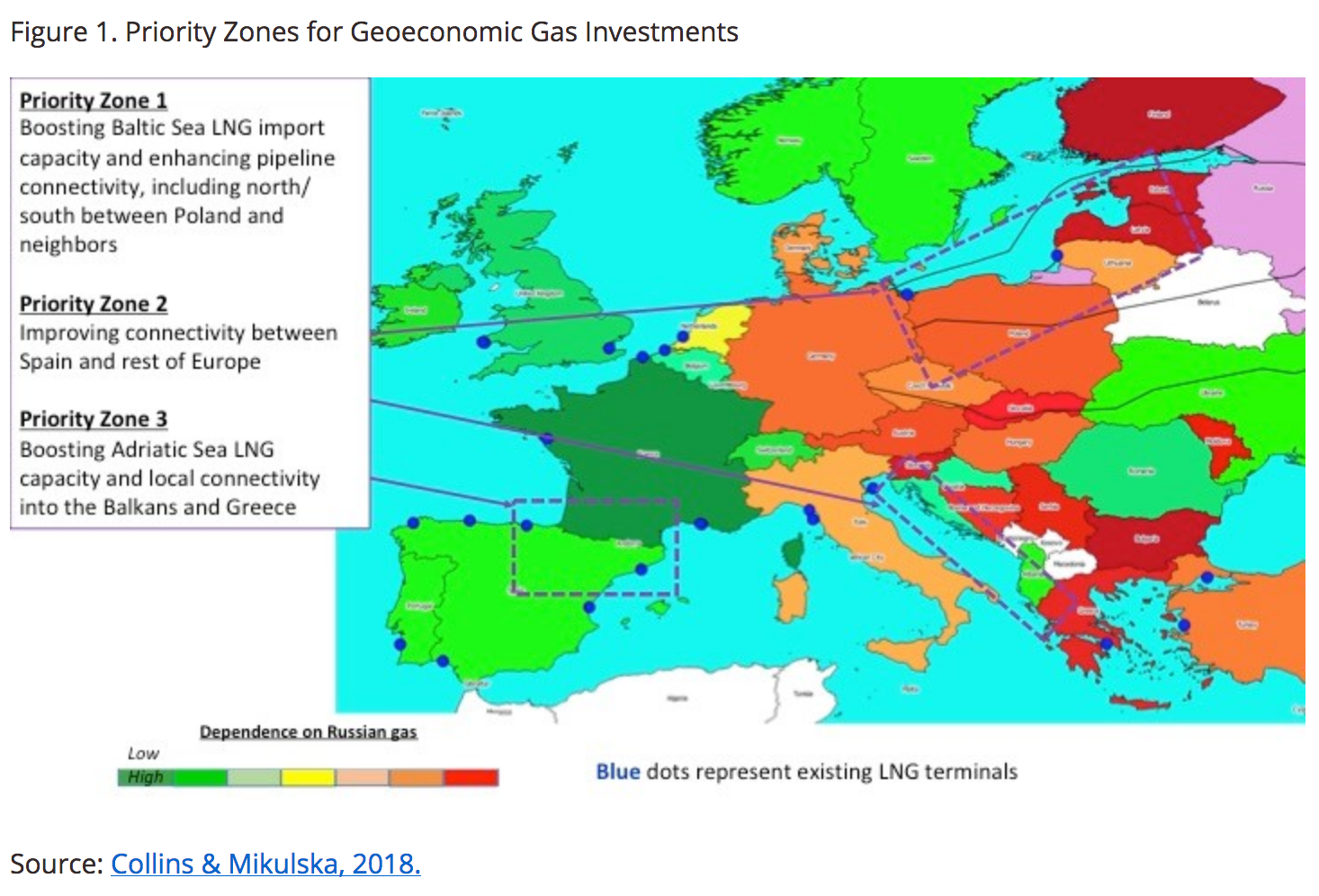Direct Speech, EU – Baltic States, EU – CIS, Gas, Gas Market , USA
International Internet Magazine. Baltic States news & analytics
Thursday, 18.04.2024, 19:39
A closer look at the Trump and Juncker agreement
 Print version
Print versionLast week, in an effort to prevent a possible trade war over U.S. steel
and aluminum tariffs, the President of the European Commission (EC) Jean-Claude
Juncker met in Washington with U.S. President Donald Trump. They struck an
agreement about Europe buying more U.S. LNG. But as noted by many analysts,
neither side can really make this happen.
The agreement includes very few details: Juncker committed Europe to
significantly increase their volume of U.S. LNG imports, while Trump agreed to
send more. Yet neither person making the promises has much influence on
fulfilling them. The LNG that originates from U.S. coasts does not belong to
the U.S. government but to profit-seeking private companies. The U.S.
government can encourage LNG production — by providing a hospitable regulatory
and legal environment — but it cannot force companies to send products to a
specific region or country.
On his part, Juncker represents the EU but is ultimately dependent on
individual EU member decisions. The EU cannot force its members to import U.S.
LNG, but it can motivate or make it possible through investment in and
financing of LNG infrastructure.
Going further, analysts are not sure whether additional LNG importing
capacity would ultimately attract U.S. LNG. Some point to the existing capacity
that is currently underused, a result of inadequate LNG demand and LNG prices
that are high in comparison to the piped Russian gas. In addition, there is the
question of LNG competition from cheaper and/or more proximate producers such
as Norway, Qatar or, most recently, Russia.
Today’s U.S. producers are lured to Asia, where higher prices provide
higher profit margins. Thus, even if more terminals are built, it is not a
given that these terminals will maximize capacity or draw LNG from the U.S.
In the meantime, Russia has noted record-level highs in natural gas
delivery to Europe in 2016 and 2017. And new, more secure transport routes are
being built (Nord Stream 2, Turkish Stream) to deliver the abundant and
low-cost Russian gas to Europe.
But while Juncker’s promise of large U.S. LNG imports may never materialize,
his commitment to building new LNG terminals may actually be an important part
of the U.S.-EU natural gas and energy security strategy.
Strategically placed (see Figure 1), new terminals could impact Russian
pipeline gas deliveries—if not in volume, then at least in price—while dulling
the geopolitical benefits Russia is deriving from its dominant supplier
position. My recent research with Gabriel Collins identifies in detail the
elements needed to achieve this goal. In a nutshell, the EU must:
- Build terminals in areas that are currently highly dependent on Russian gas;
- Ramp up underutilized LNG import capacity—with pipelines and interconnectors that take gas into areas that lack gas diversity;
- Push harder for market-based rules to govern the natural gas market within EU member states, to encourage competition and spawn interest from U.S. LNG producers.

Would all this bring a rush of U.S. LNG onto the European shores?
Unlikely. U.S. LNG is expected to continue to flow to Asia, where prices
and demand are advantageous for U.S. producers.
But as much or as little of the U.S. LNG that would actually reach Europe
would not be inconsequential.
LNG infrastructure in Europe would provide ability for the U.S. LNG to
feed into the market whenever price disruptions emerge. As such it would
provide a price floor and protection from extraction of economic rents by a
dominant supplier.
In addition, the deliveries would neutralize geopolitical influence
Russia as such supplier has yielded (also a major win for the U.S.). In
economic terms, activating more LNG capacity and more potential demand, would
be beneficial for U.S. LNG producers. Even if their products never reach
European shores, European LNG demand it will impact the industry via
displacement: non-U.S. LNG delivered to Europe makes space for U.S deliveries
elsewhere, including China or India, for example.
Source: https://www.naturalgasworld.com/ggp-a-closer-look-at-the-trump-and-juncker-agreement-63284








 «The Baltic Course» Is Sold and Stays in Business!
«The Baltic Course» Is Sold and Stays in Business!

